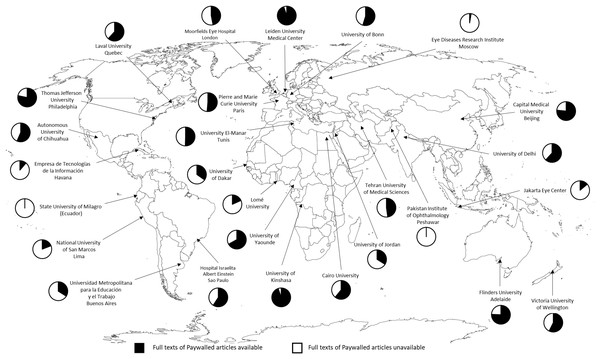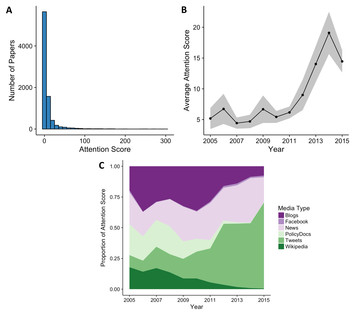Open Access Uptake by Universities Worldwide
This study presents indicators of open access at the institutional level for universities worldwide. By combining data from Web of Science, Unpaywall and the Leiden Ranking disambiguation of institutions, it tracks OA coverage of universities' output for 963 institutions.



